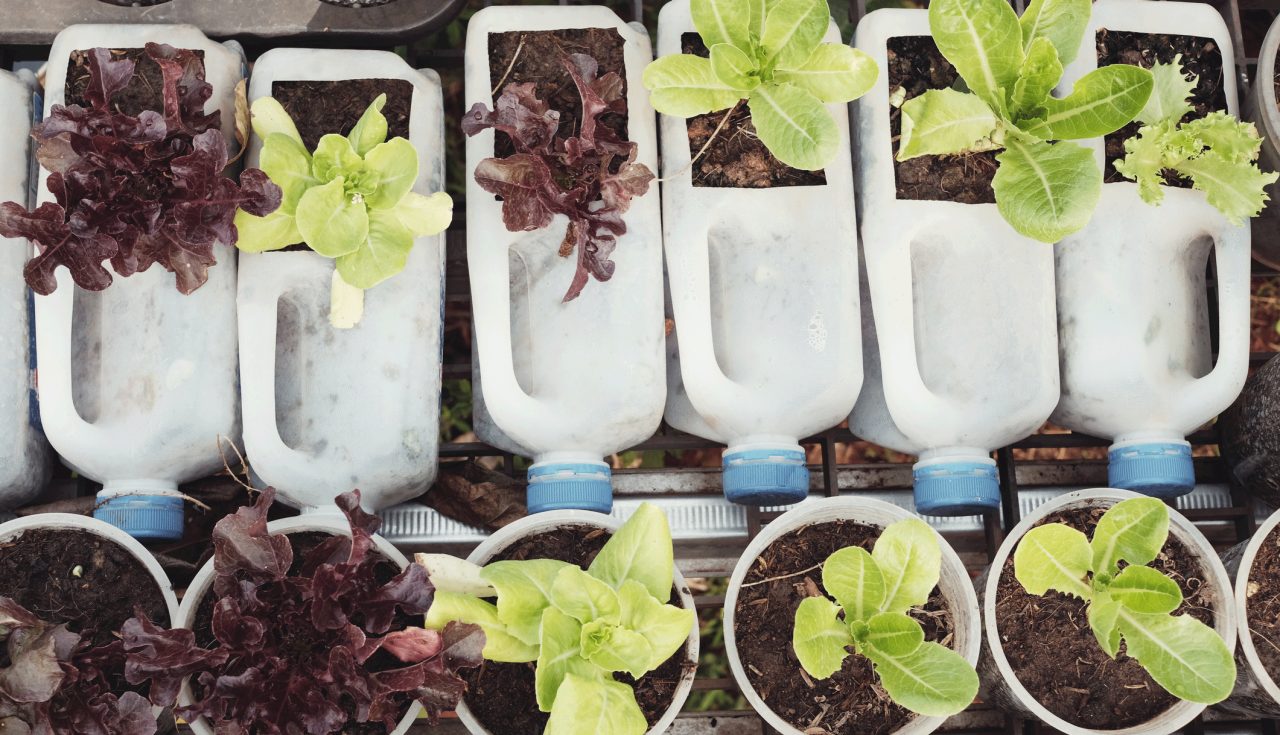Guide to Foods You Can Grow Indoors

Most foods you can grow indoors need sun and warmth. A sunny window could be perfect. Or you can buy special lighting for optimal conditions year-round.
Maybe you think you don’t have a green thumb like your aunt’s. Actually your thumb is green if you provide your plants with good conditions from the beginning, water when needed, and watch their growth.
Most foods you can grow indoors require lots of sunlight, so pick a sunny south-facing window. If you have only morning or afternoon light, try scallions and kale. For indirect light, stick to ginger. You can grow oyster mushrooms in the dark in a laundry basket. You can also install grow lights and grow anything you want!
The best part? Foods you can grow indoors are organic, and your family will have fun eating vegetables and fruit.
YOU MIGHT ALSO LIKE: Foods High in Iron
Other foods you can grow indoors
Note: The plants on this list all need a pot with drainage holes.
Lemons. You’ll need at least eight hours of direct sun and temperatures that don’t go below 55 degrees Fahrenheit. Buy a two- or three-year-old dwarf tree at a nursery plus extra potting soil designed for citrus trees. Your pot should be slightly larger than the root ball of the tree. Set the pot in a drainage dish with stones in the bottom. Water just enough so the soil is moist. You can also mist your lemon tree.
Lemons take six to nine months to ripen. If you squeeze the outside and get a slight give, try slicing one open and seeing if it is ripe.
You can get by with six hours a day of sunlight for carrots, basil, and rosemary.
Carrots. Choose a potting soil rich in humus, and a pot at least a foot and a half deep and wide. First water the soil, then plant the seeds an inch apart and covered by only a thin layer of soil. Rows should be six inches apart.
An extra touch: soak peat moss in water overnight and spread it across the seeds. You want to keep them moist. The seeds should begin to sprout in two weeks. When the seedlings are about three inches tall, you can feed them with liquid fertilizer about every two weeks.
Don’t pull out the carrot until you can see that it is about three quarters of an inch thick below the green stem. If the soil is hard, water a bit and wait an hour before you begin to pull. Let the carrots dry before you refrigerate them.
Basil. Your pot should be at least four inches wide. You can use seeds or a starter plant. Water whenever the soil is dry, as much as every day in hot weather. Prune off any flowers and any leaves taller than six inches. About once a month add a bit of organic fertilizer. When you need basil for cooking, take just a few leaves from your plant.
Rosemary. The soil must be alkaline so you’ll need to mix two parts of soil to one part coarse sand and add agricultural lime, about a teaspoon for every five inches of pot. When the top of the soil is dry, you can water. As with basil, when you harvest, don’t take all of the leaves from the plant.
Kale. Kale needs at least three hours of bright light daily and not more than four. You can start by germinating seed and then plant the seedlings. Fully grown, each plant will need a pot about 12 inches deep and equally wide. Instead of soil, use a growing mixture intended for vegetables. If the temperature gets higher than 70 degrees, move your kale out of the sun.
Scallions. You can use scallions from the grocery store, and you don’t need much direct light, though it helps. Put a rubber band around the bulbs, and put the whole bunch with the greens in a glass with an inch of water. You’ll need to change the water every day. When you see new green shoots and bigger roots — maybe a week later — it’s time to plant your scallions. Use an 18-inch pot, and put a few stones inside at the drainage hole. Fill the pot a three-quarter inch full with multipurpose compost, water, and then fill it up to within a half inch of the rim.
After about two months, start pruning off the older leaves every few days and eating them. The leaves will be smaller than in store-bought kale, but no less nutritious.
When you snip the green tops, always leave at least an inch of the plant in the dirt. If you want to eat the white part, wait until your plant is six inches tall.
Ginger. You need only indirect sunlight for ginger. Cover a chunk with soil in your pot, and keep the soil consistently moist. The new growth will come out above the soil. When you want to eat it, pull the entire plant out of the soil, cut off as much as you need, and then replant.
Updated:
April 09, 2020
Reviewed By:
Janet O’Dell, RN